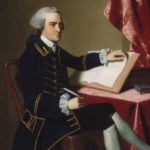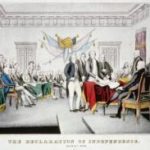This video presents an overview of the crucial role played by Massachusetts in ratification of the Constitution. Federalists approached Governor John Hancock, and offered to support his political ambitions if he would support the new Constitution. At their behest, he offered—and the state constitution accepted—unconditional ratification with nine recommendatory amendments. Professor John Kaminiski notes this strategy was adopted by 6/7 of the remaining states, thus ensuring ratification.
Massachusetts v. EPA (2007)
Are states, cities, or environmental groups legally able to challenge the EPA’s decision not to regulate greenhouse emissions in federal court? This case summary shows how the Supreme Court answered that question in 2007.
Causes of the American Revolution
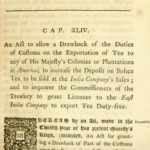
This short video examines the Boston Tea Party of 1773 as the critical event which transformed political discussion about British imperial authority into an active source of controversy. By the early 1770’s, British and Americans thought differently about the extent of Parliament’s power to legislate for the American colonies. Professor Jack Rakove notes that British punishment of Massachusetts for its defiance of the Tea Act precluded a peaceful resolution of the political controversy.
Lorillard Tobacco v. Reilly (2001)
Do Massachusetts tobacco restrictions on advertising violate the First Amendment rights of tobacco advertisers? This case summary shows how the Supreme Court answered that question in 2001.
The Bill of Rights: Debating the Amendments
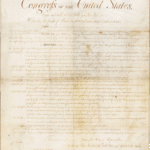
In this lesson, students will examine a copy of twelve possible amendments to the United States Constitution as originally sent to the states for their ratification in September of 1789. Students will debate and vote on which of these amendments they would ratify and compare their resulting “Bill of Rights” to the ten amendments ratified by ten states that have since been known by this name.
The Constitution: Counter Revolution or National Salvation
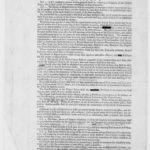
It is Fall 1787. The Federal Convention has recently concluded its closed door meetings in Philadelphia and presented the nation with a new model for the government. It is now up to each special state convention to decide whether to replace the Articles of Confederation with this new constitution. The debate is passionate and speaks directly to what the founding fathers had in mind in conceiving this new nation. Does this new government represent salvation or downfall?
The Constitution: Drafting a More Perfect Union
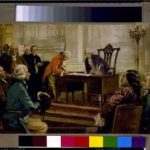
Students will analyze an unidentified historical document and draw conclusions about what this document was for, who created it, and why. After the document is identified as George Washington’s annotated copy of the Committee of Style’s draft constitution, students will compare its text to that of an earlier draft by the Committee of Detail to understand its evolution.
The Declaration of Independence: Created Equal?
The Declaration of Independence: From Rough Draft to Proclamation
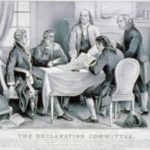
Students will analyze an unidentified historical document and draw conclusions about what this document was for, who created it, and why. After the document is identified as Thomas Jefferson’s “original Rough draught” of the Declaration of Independence, students will compare its text to that of the final document adopted by Congress on July 4, 1776 and discuss the significance of differences in wording.
The U.S. Constitution: Continuity and Change in the Governing of the United States
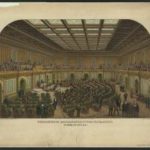
This unit examines continuity and change in the governing of the United States. Lessons one and two are focused on a study of the Constitution and Bill of Rights and provide access to primary source documents from the Library of Congress. Lesson three investigates important issues which confronted the first Congress and has students examine current congressional debate over similar issues. Lesson four features broadsides from the Continental Congress.
